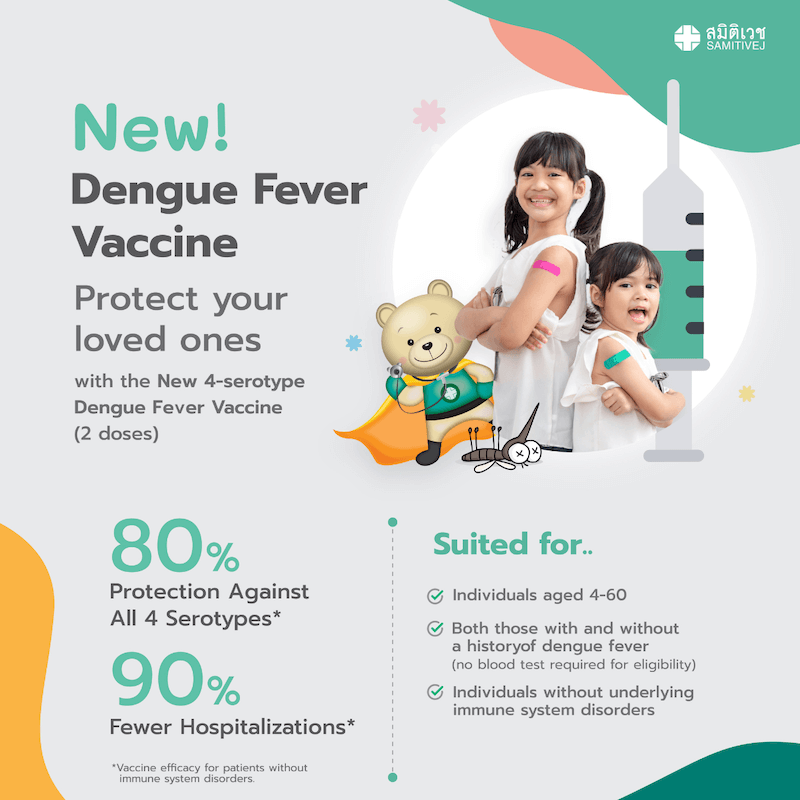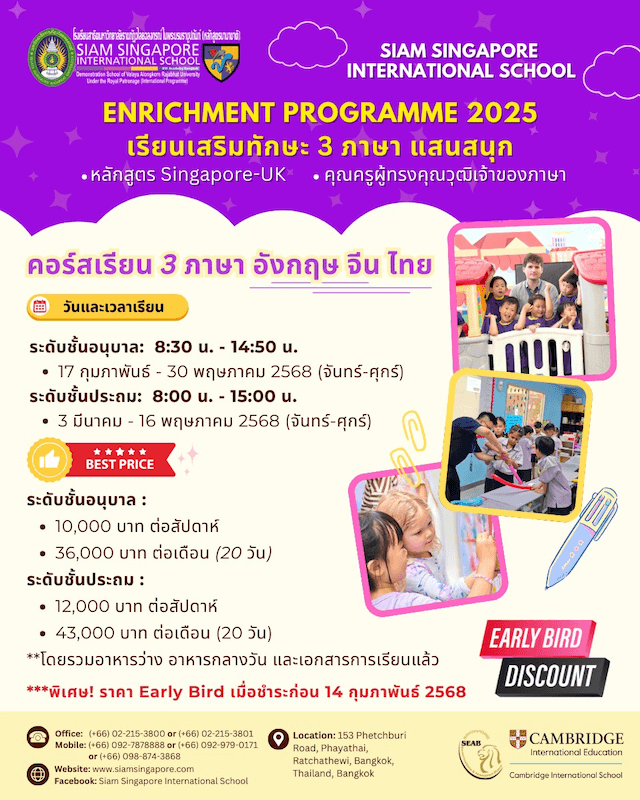Today, wherever you go, you’ll find people with their heads down looking at their phones or tablets – even young children. Many parents ask me how digital screens will affect their children’s eyesight. In this article, I answer the questions most frequently asked by parents, so that they can protect their children’s eyesight to maintain good eye health.
Q: What is Computer Vision Syndrome (CVS)?
A: CVS is a condition caused by focusing the eyes on a computer display for uninterrupted periods of time. The symptoms include eye strain, tired eyes, burning or stinging eyes, red eyes that come and go, decreased or blurred vision, and dry eyes. The condition appears not only in adults, but also in children.
Q: Does heavy computer use put children at risk of early myopia (short-sightedness)?
A: As children’s bodies grow, so do their eyes, which may cause an increase in myopia. By age 18-20, myopia tends to stabilize. However, there is an extremely rare type of myopia, called progressive myopia, which causes the condition to worsen – even after the age of 20. Computer use may be related, and studies have identified several factors contributing to myopia in children:
- Genetic Factors: Myopic parents tend to have a higher proportions chance of having myopic children.
- Children who predominantly or excessively use short distance vision: Children tend to be more myopic when they focus their eyes on reading or using a computer over extended periods of time.
- Children who spend less time outdoors: Children who spend most of their time indoors (e.g. children who don’t play sports) tend to be more myopic or have more rapid myopia progression than children who spend time outdoors. Studies have shown that the vitamin D absorbed through sun exposure may slow down the progression of myopia in children. Further studies are ongoing.
Q: What is blue light? Does it cause damage to the eyes?
A: Natural light or sunlight is divided into 3 types, on the basis of wavelength: ultraviolet (UV), visible light, and infrared.
- Ultraviolet: Ultraviolet is a type of short wave energy. Most of the UV is absorbed by the cornea and lens of the eye and does not reach the retina; therefore this type of light will not normally damage the retina. People who are exposed to excess UV radiation, such as golfers and farmers, are at risk of developing earlier cataracts. Wearing sunglasses can prevent early cataracts.
- Visible Light: Visible light is a spectrum of colors ranging from blue to red. Blue light waves are the short and high energy wavelengths in the visible light spectrum. These waves can cause more damage to the retina than any of the other colors.
- Infrared: Most of the infrared is absorbed by the lens of the eye and the vitreous. As with UV, infrared will not normally damage the retina.
However, the sun is not the only source of blue light. Blue light is also emitted in varying degrees, from devices that we use every day, such as household light bulbs, headlight bulbs, televisions, computers, mobile phones, and tablets. The absorption of blue light has been studied in animal tests. Research has found that low intensity of blue light does not affect the retina, but high intensity of blue light along with long exposure can cause retinal change, leading to age-related macular degeneration. In short, accumulated exposure to blue light may cause damage to the retina. However, the exact intensity and length of exposure to blue light that causes damage to human eyes are still unknown.
Q: How long can children use computers, phones, or tablets without affecting their eyes?
A: Excessive digital media use affects not only the eyesight, but also emotional development, social interaction, and concentration, which are far more important. The American Academy of Pediatrics urges parents to avoid digital media for children under the age of 2 years because it may affect their development. For children older than 2 years, parents should limit the screen time to no more than 2 hours a day. As mentioned earlier, constantly exercising short distance vision may cause myopia. Therefore, parents should limit the amount of time their children spend looking at digital screens to 20-30 minutes at a time.
Q: How can we identify whether our children have vision problems?
A: When children are short-sighted, they won’t be able to focus on distant objects and tend to squint. Their teacher may say that they have to walk to the front of the classroom to see the board. At home, they sit very close to the TV or hold a book very near their eyes. If your children have vision problems, it’s very important to visit an ophthalmologist. Sometimes, the eyes seem healthy because only one eye may havepoor vision caused by amblyopia, while the other eye still sees normally.
Q: At what age can children undergo an eye exam? Should they have their eyes tested even if they have no abnormal symptoms? How often should they have their eyes examined?
A: Brief eye screenings such as red reflex and external appearance should be taken regularly since birth by a paediatrician. More eye tests are required beginning at 3-5 years, even if they have no abnormal symptoms. During the vision screening, an ophthalmologist tests for amblyopia. About 3-5% of children are affected. Usually, amblyopia is a correctable problem, if it is treated early on. It becomes more difficult to treat as children grow older. Even without any abnormal symptoms, it is advisable that children have an eye exam every 1-2 years. Children with eyesight problems, such as short-sightedness, long-sightedness, astigmatism, or amblyopia, should have their eyes tested more frequently or as advised by their ophthalmologist.
Q: How can we prevent computer vision syndrome?
A: CVS can be prevented in the following ways:
- Eye Exam: Having the eyes examined is a top priority in detecting the problem and correcting it. When being diagnosed with an eye problem, wearing glasses to reduce eye strain and fatigue is recommended during computer use.
- Use a good quality computer monitor and set the display brightness appropriately: Select a display that has a diagonal screen size of at least 19 inches. Consider an anti-glare screen to reduce reflections as it can cause eye stress and discomfort. Alter the brightness of the display to be neither too bright nor too dim. Use proper lighting in the right position. Do not put a light bulb near your eyes and move the computer monitor away from any windows because this helps reduce eye strain and fatigue.
- Blink more frequently: People blink on average around 10-15 times every minute. Blinking helps replenish the tear film, providing relief from dryness and increasing visual clarity. When focusing the eyes on something for a long period of time, such as when reading or using a computer, people tend to blink less frequently and make incomplete blinks. This causes the surface of the eyes to dry out, leading to discomfort and loss of visual clarity. Take frequent, short breaks and use lubricating drops to prevent dry eyes when using the computer.
- Take a break and follow the 20-20-20 rule: Every 20 minutes, take your eyes off your computer and look at something 20 feet away for at least 20 seconds. After this, you can continue looking at the computer screen for another 20 minutes before repeating the process. Keep doing this to relax your eyes and reduce computer eye strain. Use proper text size on digital screens: For viewing comfort, your text size should be 3 times larger than the smallest size that you can read from your normal viewing position.
- Block out blue light: Use blue light blocking glasses, films, filters, and mobile applications.
- Adjust the distance between the screen and your eyes: Maintain an appropriate distance between the screen or book and your eyes in order to reduce eye strain and fatigue. The distance between each screen and the eyes varies. For books, tablets, or mobile phones, the distance is about 1 foot. For computer desktops, the distance is 2 feet. For TVs, the distance is 10 feet. Parents should ensure that these distance guidelines are followed, so as to maintain good eye health for their children and themselves.
By Dr. Nuthida Wongwirawat, Paediatric Ophthalmologist and Strabismologist, Eye Centre, Bumrungrad International Hospital
Editor’s note: This article is sponsored content from Bumrungrad International Hospital, and it is reprinted here with permission of the hospital.














